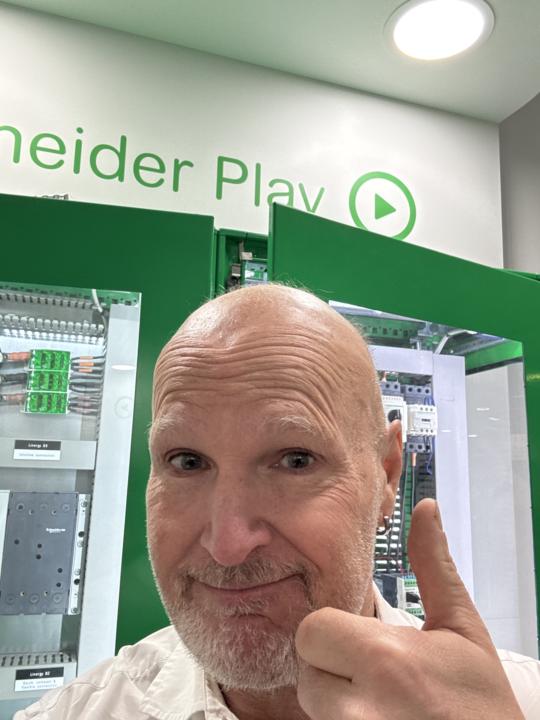Activity
Mon
Wed
Fri
Sun
Jan
Feb
Mar
Apr
May
Jun
Jul
Aug
Sep
Oct
Nov
Dec
What is this?
Less
More
Memberships
THE NEW MEDDICC sell more
50 members • Free
Elite Sales Alliance
21.9k members • Free
High Vibe Tribe
78.3k members • Free
2 contributions to THE NEW MEDDICC sell more
How Assumptions Can Kill Your Deal – and How to Turn Them into Curiosity
Assumptions are like a double-edged sword. They help us make sense of a complex world—just like knowing that a green light means “go”—but in sales, unchecked assumptions can be a deal killer. In this article, I’m going to show you why we make assumptions, the value they sometimes bring, and most importantly, how to turn those assumptions into smart, probing questions that let you sell more, faster, and with less wasted energy. Let’s dive in. The Double-Edged Sword of Assumptions We all rely on assumptions to simplify our daily lives. It’s why we trust that a red light means stop. But in sales, when you assume too much, you risk missing the chance to ask the right questions—questions that could unlock opportunities. I once spoke with a seller who was completely in doubt about whether he was speaking with the right person. I asked him, “What is the easiest way to find out?” He hesitated, then replied, “Well, there are several ways… but I guess the easiest is…” and then he filled in my sentence. He then admitted, “I assumed we’d already passed that stage.” I looked him straight in the eye and said, “Assuming will make an ass out of you and me.” That’s the power of MEDDICC. If you start assuming, you miss out on asking those valuable questions that can lead you to a successful deal. Why Do We Assume? Simple—assumptions help us survive. They let us navigate the world quickly. But if you travel to a country where they drive on the opposite side, you quickly learn that challenging your assumptions can be crucial. In sales, nothing is normal. Every deal is unique, and every customer has different needs. That’s why it’s vital to challenge your assumptions by asking the MEDDICC questions. Turning Assumptions into Curiosity with MEDDICC The MEDDICC framework is designed to force you to check your assumptions by asking seven essential questions: • What are the metrics? • Who is the economic buyer? • What are the decision criteria? • What is the process? • What is the customer’s pain?
I think sales process is more or less dead
At least as the idea of drivning sales. Sales process is the perfect tool to monitor and coach the sales But what is drivning the sales ? It is all about the story you tell the customer The questions you ask How you create a vision of a future state And how you help your customer to take action to make it happen.

1-2 of 2
@oleksii-grychyna-5048
Product Strategy and Commercialization Leader | Sustainable Development Enthusiast
Active 177d ago
Joined Feb 20, 2025
Powered by


